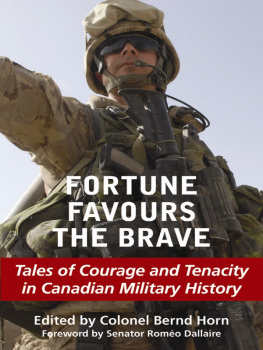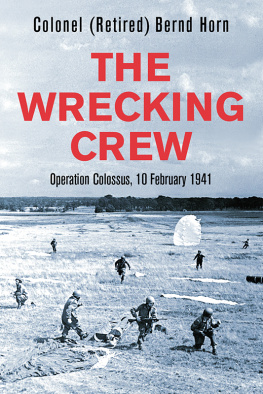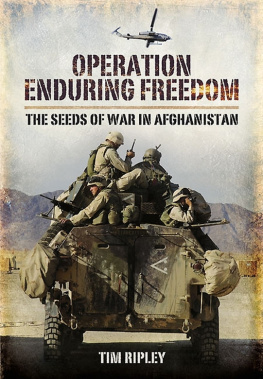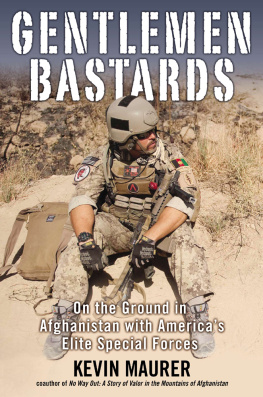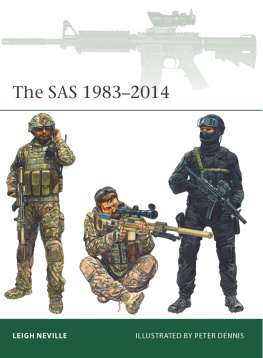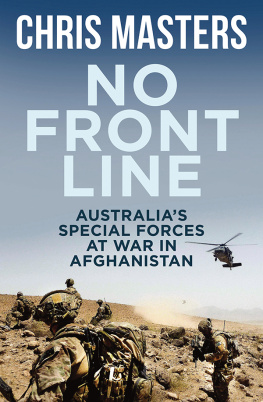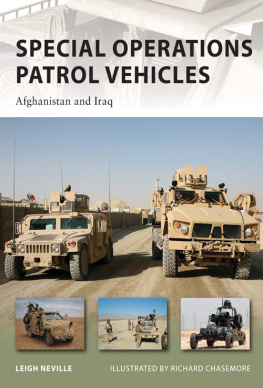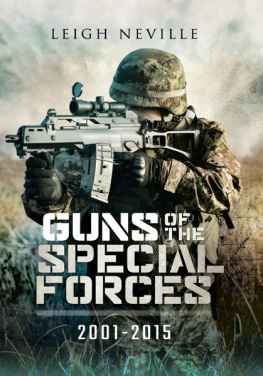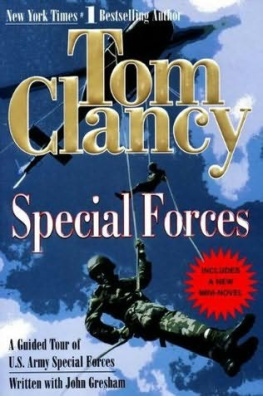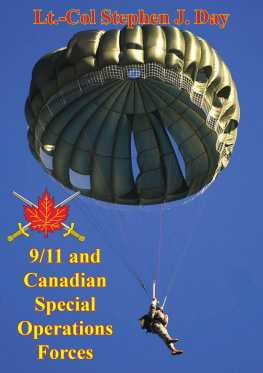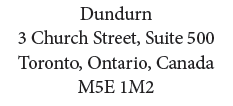Names of individuals and operations used in this book, unless they are already part of the public/historical record, are pseudonyms, used to protect the identities of individuals or specifics of operational names.
Foreword
I am delighted to have the opportunity to introduce No Ordinary Men: Special Operations Forces Missions in Afghanistan . Our special operations forces (SOF) have certainly proven their worth during the past twenty years, in war zones from Africa to Bosnia to Afghanistan. I was fortunate enough to have the opportunity to get to know many of the men and women who make up the Canadian special operations forces (CANSOF) community and I found them among the best the nation has to offer. Highly skilled, intelligent, and exceedingly professional, these warrior-diplomats consistently do Canada proud. In fact, their highly regarded skill sets, their ability to adapt to changing situations and circumstances, as well as their mental agility and knack for innovation, have earned them the respect of our allies to the point that our CANSOF capability is in high demand in the many struggles ongoing in the current security environment.
Nowhere was this more evident than in Afghanistan. The outstanding performance of CANSOFs special operations task force, which was deployed in support of the American special operation Enduring Freedom from December 2001 to November 2002, set a mark for excellence and served as a clear demonstration to our allies of what exactly our SOF are capable of achieving. Their re-introduction into the Afghan theatre as a special operations task force, where they served from 2005 until the end of Canadian combat operations in 2011, has simply reinforced perception of their ability and value.
Quite simply, as a direct result of their thoroughly planned missions and their courageous and tenacious execution of them, CANSOF operators have carved a name for themselves in the dangerous, inhospitable, and complex environment that is Afghanistan. It should be no surprise to anyone, as it was publicly announced on numerous occasions that CANSOF conducted myriad missions that disrupted and removed Taliban leadership, IED (improvised explosive device) facilitators, bomb-makers , as well as insurgent gunfighters. By the spring of 2007, CANSOF had removed an entire generation of Taliban leadership in the Kandahar area. This was achieved at great risk, but the payoff was huge. They not only removed many of those responsible for the deaths of Canadian service men and women, but by disrupting Taliban planning and operations, they provided our conventional forces, as well as those of our allies and the Government of Afghanistan, the necessary time and space to advance programs of reconstruction and governance. They continued this significant contribution right until the end of combat operations in 2011.
Telling the stories of such heroes, however, always presents a quandary. Although it is important to share CANSOF success with other members of the Canadian Armed Forces and Canadians at large, there is always a delicate balance between the desire for transparency and the need for operational security. Clearly, our number one priority is the safety of the men and women who serve in harms way. As such, it is sometimes essential to keep certain details and events secret, to avoid providing the enemy with any advantage that might put Canadian, allied, or coalition lives or missions at risk. However, I am confident we can now release this book and tell some exciting stories that provide a glimpse of the courage and capability of your CANSOF operators. Undoubtedly, you will shortly realize that they are no ordinary men.
General T.J. Lawson (Ret.)
Former Chief of the Defence Staff
Introduction
Rounds snapped through the air and whacked into the thick mud walls as two Joint Task Force 2 (JTF 2) special operators scrambled onto the roof of a nearby building. The dark Afghan sky became the backdrop for a dynamic light show. Red and green tracers arced through the night, and the sky was punctuated by brilliant orange flashes of light as rocket-propelled grenades (RPGs) and artillery rounds impacted into the ground and walls of the surrounding compounds.
A JTF 2 assault force had been dropped off just moments earlier by large lumbering CH-47 Chinook helicopters. The soldiers stepped immediately into a hailstorm of fire. A relatively simple raid in theory, to capture a Taliban leader, had turned drastically complex in execution. Instead of only five Taliban fighters being present, in accordance with the intelligence assessment they were given prior to departure, in reality the JTF 2 troops were met by what seemed to be hundreds of enemy swarming around the target location.
Unruffled by the sea of belligerents surging around them, two of the JTF 2 operators surveyed their surroundings through their night vision goggles (NVGs) and picked up a number of insurgents working their way through a wadi (valley) system on the flank of the special operations forces (SOF) assault element. The operators trained their infrared (IR) laser sights on the approaching enemy. Seen through their goggles, the lasers cut through the dark night air with a bright red beam that connected the weapon system to the target like the hand of god. Invisible to the naked eye, the red beam was a virtual sentence of death.


